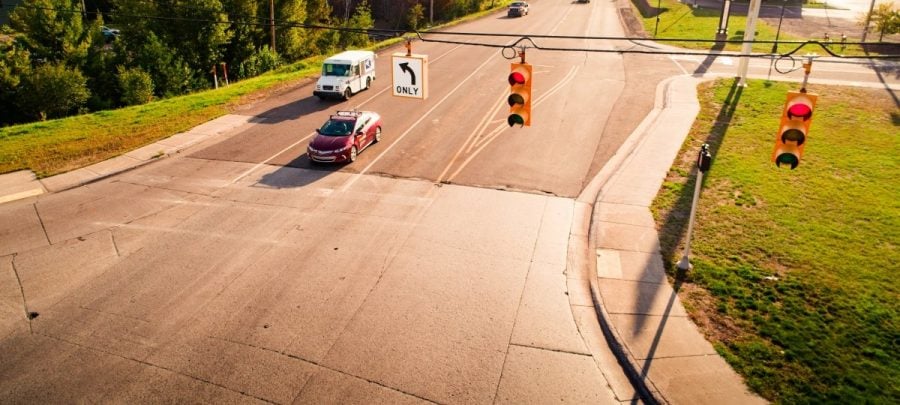by Kelley Christensen, University Marketing and Communications

Connected and automated vehicles, which can interact vehicle to vehicle (V2V) and between vehicles and roadway infrastructure like traffic signals and stop signs (V2I), promise to save energy and improve safety. In a new study published in Transportation Research Part B, Kuilin Zhang (CEE/CS) along with Shuaidong Zhao ’18, now a senior quantitative analyst at National Grid, propose a modeling framework for V2V and V2I cooperative driving. Cooperative driving helps cars and their drivers safely and efficiently navigate.
The framework uses an eco-driving algorithm that prioritizes saving fuel and reducing emissions. The automated algorithm calculates location-based traffic control devices and roadway constraints using maps and geographic information. Read the full story on mtu.edu/news.
Kuilin Zhang is a researcher with the Institute of Computing and Cybersystems’ (ICC) Center for Cyber-Physical Systems.